Romance novels are more diverse than ever. But it's not 'happily ever after' just yet
- Oops!Something went wrong.Please try again later.
- Oops!Something went wrong.Please try again later.
- Oops!Something went wrong.Please try again later.
Nicola and David Yoon couldn't find any love stories that looked like theirs.
A few years after the couple's daughter was born, Nicola wrote her debut young adult romance novel, "Everything, Everything" – later adapted into a major film – because she wanted her daughter, who is half Jamaican American and half Korean American, to see herself at the center of a love story.
"Characters who looked like us were always the sassy sidekicks," Nicola Yoon tells USA TODAY.
"Always the sidekick, never the star," David Yoon agrees. "We were like, 'This is bizarre because we know for a fact that we fall in love.' "
The Yoons, two self-described "romantic goobers," met in graduate school and each found success as authors before forming the publishing imprint Joy Revolution (launching next spring), which aims to promote love stories starring people of color.
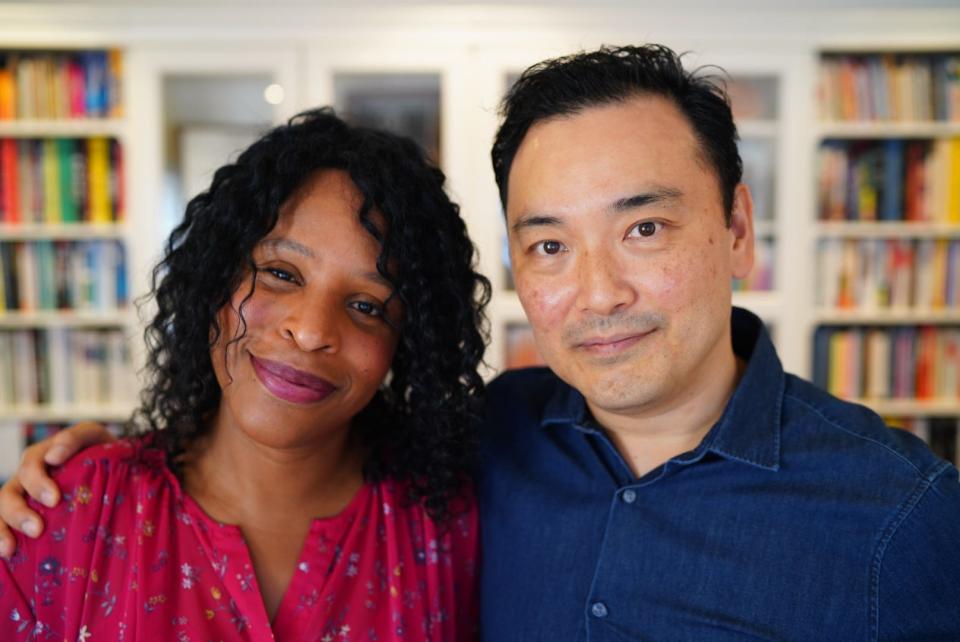
The world of mainstream romance novels, both for grownups and young adults, has transformed in the last few years. An industry once completely flooded with stories about straight, white, able-bodied, cisgender people falling in love has begun opening up to queer, disabled and authors of color – and found that readers are devouring diverse love stories and are yearning for more.
Get your beach read list started: The best summer rom-com books that made us hot and bothered in the best way
Diverse romances always existed, but they weren't accessible
The Yoons are far from the only ones who became writers because they didn't feel represented in the stories they grew up reading.
"I didn't read anything that had authors of color or characters of color," Farah Heron, author of "Kamila Knows Best," a Bollywood retelling of Jane Austen's Emma, recalls of her childhood. "I never read anything with characters remotely looking like my family."
Robbie Couch, whose second young adult romance novel, "Blaine For The Win" just hit bookshelves, didn't see any books starring queer characters at the bookstores while growing up in rural Michigan. Those books existed elsewhere in niche markets, but none were accessible for a young kid in a small town, especially pre-internet.
"It would have made a world of difference to see myself reflected back at me in the pages in my fingertips," Couch says.

Today, it's easier for young people to see themselves in novels. Not only do more local and major book retailers sell more diverse titles, online communities make storytelling even easier to find.
"The biggest thing that has changed is accessibility," says Casey McQuiston, whose next novel (and young adult debut), "I Kissed Shara Wheeler," arrived May 3. Now 31, McQuiston, whose pronouns are they/them, didn't have many resources as a teen to access indie publishers where they might find queer fiction.
"If it wasn't being sold at Target, Barnes & Noble or Walmart or in my school library, I probably was not going to get my hands on it," they say. "The fact that these books are being sold in mainstream stores, on tables and on end caps is huge for queer readers … lowering that barrier of entry for readers who are just dipping their toe. That has been amazing to watch and I hope that only continues to grow."
More book recommendations: 50 Black YA authors you should read, from Angie Thomas to Walter Dean Myers
Beverly Jenkins paved the way for diverse romance writers
Before a diverse field of authors – such as Talia Hibbert, Jasmine Guillory, Akwaeke Emezi, Kosoko Jackson, Jesse Q. Sutanto, Quintana Albertson, Sonali Dev, Kwana Jackson, Nalini Singh, Denise Williams, Tracey Livesay, Mia Sosa, Alyssa Cole, Olivia Waite, Becky Albertalli, Adam Silvera, Julian Winters and Leah Johnson, just to name a few – found success in the romance world, there was Beverly Jenkins.

Jenkins, a USA TODAY bestselling writer, is well-regarded by many in the industry as a trailblazer. She's the first author to put Black characters at the forefront of historical romances.
"You can't talk about romance without talking about Miss Bev," McQuiston says. "I always like to point people backward toward the people who did the work to get us here."
Jenkins, in turn, points to the women who inspired her: "When my first romance 'Night Song' was acquired in 1993 and published in ’94, the two Black romance writers who opened the door were Sandra Kitt and Elsie Washington. Both were published in the early ’90s via romance editor con Vivian Stephens," Jenkins tells USA TODAY via email. "I'll be forever grateful to them."
Heron points out it only takes a few books to do well to change minds. "That opens the door for publishers to see the value in the stories," she says. "Readers are asking for Black more romance. They want South Asian characters. And so publishers started listening. And it was around the same time that rom-coms exploded."
Turning point: From bodice-rippers to rom-coms
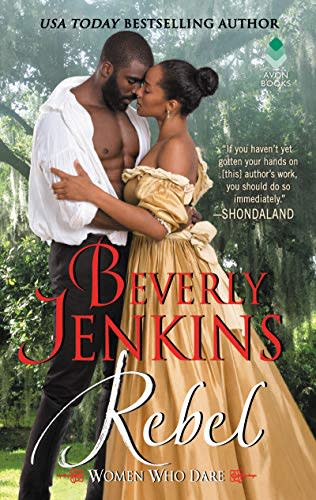
Photos or hyper-realistic renderings of shirtless men or embracing couples used to be the norm on covers of romance novels. Some authors, including Jenkins, still take this route, while others have adopted a brightly colored aesthetic that relies on graphic designs. Heron doesn't think it's a coincidence that those covers gained popularity just as diversity was increasing in the industry.
"Some people say the fact that we moved into illustrated covers opened a lot of doors for characters of color because it was easier to get a character of color illustrated on the page because they didn't need to use stock photos, or maybe readers are more likely to pick up a book without a very large photo of a person of color on it," Heron says.
Depending on who you ask, those in the industry will point to various times in the last 10 years as major turning points for the romance novel space.
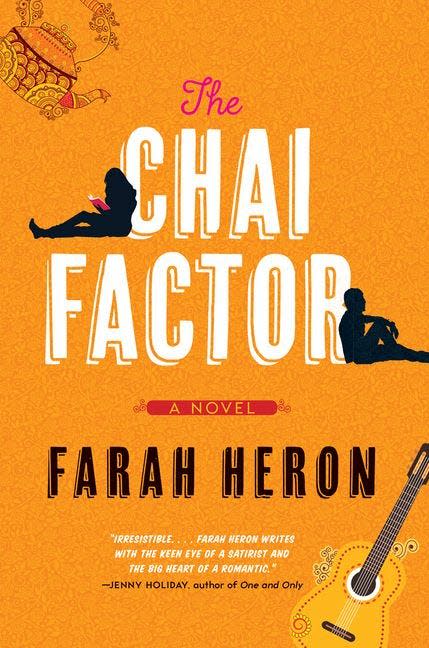
"The market wasn't really buying (many) POC romances before 2019," Heron says. Her first book, "The Chai Factor," sold to publishing house HarperCollins Canada in 2017, but it "didn't sell easily."
Couch was in the early stages of thinking about writing a book in 2015 when he shared an idea about a young adult story about a straight girl with his friend, "They Both Die at the End" author Adam Silvera.
"He asked me, point-blank: Why isn't your main character gay or queer?" Couch recalls. "I really had to stop and think about why that was the case, even though I've personally felt so passionately about queer representation. I think even back in 2015, the market wasn't where it is today in terms of being as inclusive."
Save for a few "trailblazer books," not many queer stories had made it past their "niche market" label to the mainstream. But there's been a "sizeable shift" in the past seven years, especially for young adult books, Couch says.
Generation Z readers are "much more open to consuming stories about all different types of people," Couch says. "Particularly young readers are hungry for more queer stories and we're seeing that reflected in the industry changes."
And, of course, 2020 and the summer of Black Lives Matter protests prompted a reckoning within writing communities through movements such as "We Need Diverse Books." At the same time, books about anti-racism soared to the top of bestseller lists and publishers, news outlets and social media users sought to promote Black voices.
"The world has changed so much," Heron says. "My kids see characters like them in TV, in books. They are not only taking in media from here: They will watch Japanese anime and (Korean) dramas, and so they're already taking in other cultures and seeing characters of color. I think it's a fantastic time for them to be growing up."
Not quite 'happily ever after' for everyone yet
It hasn't been long since a book starring a South Asian character was practically required to have the words "chai" or "Indian" in the title, or to feature a woman with henna and a sari on the cover, recalls Nisha Sharma, author of "Dating Dr. Dil."
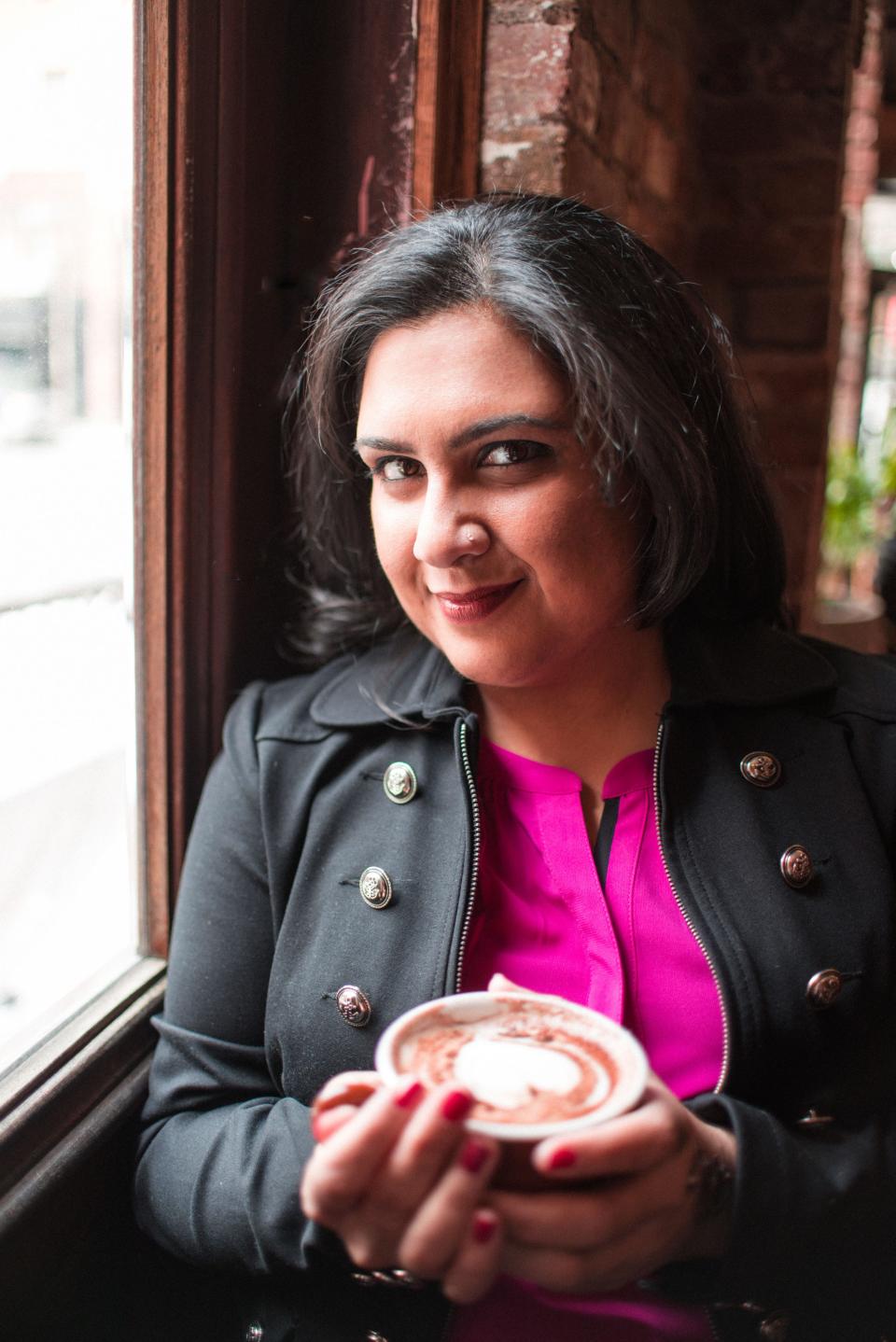
"We have come a long way in the sense that we are not just a single stereotype," Sharma says. "But we are not far enough to feel truly represented in romance today because there are just not enough people from different points of view that are writing their truths and accepted for their truths."
And despite progress, all is still not equal in queer representation in mainstream publishing, McQuiston notes. They would like to see more queer stories "not by and about white people" and more books starring trans characters, particularly transfeminine stories.
"Publishers are finally starting to catch up to the fact that audiences don't want to see the same stories over and over," McQuiston adds. "These gatekeepers in publishing who are the ones signing the checks are starting to catch on to the fact that it can not only pay off but strengthen the body of work that a house is putting out to include more and more types of stories and more and more types of people."
Promoting diverse authors is just the beginning. To make true progress, authors argue, diversity needs to run throughout the industry, through all aspects of publishing: marketing, editing, finance and especially those calling the shots. Diversity, equity and inclusion need to "permeate the actual business structure," says Sharma, who also serves as a diversity, equity and inclusion lead for a major global technology company and has done consulting research on publishing houses' diversity efforts.
"Think of DEI in an organization like Jenga," she adds. "You have to have multiple pieces working together in order to hold up the framework. If you only have one building block, which is diverse books, the whole structure is going to fall."
'The struggle cannot be' the whole story
When David Yoon's young adult rom-com "Super Fake Love Song" debuted, one bit of feedback stood out to him: One reader enjoyed the story, but wondered why they walked away from the book without learning much about Korean culture.
"There is still that expectation with a writer of color to teach their culture instead of to simply exist," David Yoon said. "If 'Super Fake' was an entirely white cast, you wouldn't say, 'well, I wish I'd learned more about Anglo-Germanic culture."
Writers deemed diverse are often expected to explain their background to mainstream readers, which uncovers another big remaining issue in the industry: Mainstream readers are usually interchangeable with straight, white, cisgender and able-bodied consumers.
"The onus should not be on the writer to educate the reader, because that means that publishing is still approaching diverse narratives from a (cisgender, heterosexual), white lens," Sharma says. "The unspoken expectation that publishing has for diverse authors is that we are required to teach something about our culture. And that is not something I will ever, ever want to do. My goal as an author is only to provide joy and love and laugh. If you learn something in the process that is secondary – it's great if it happens, but it's not a requirement."
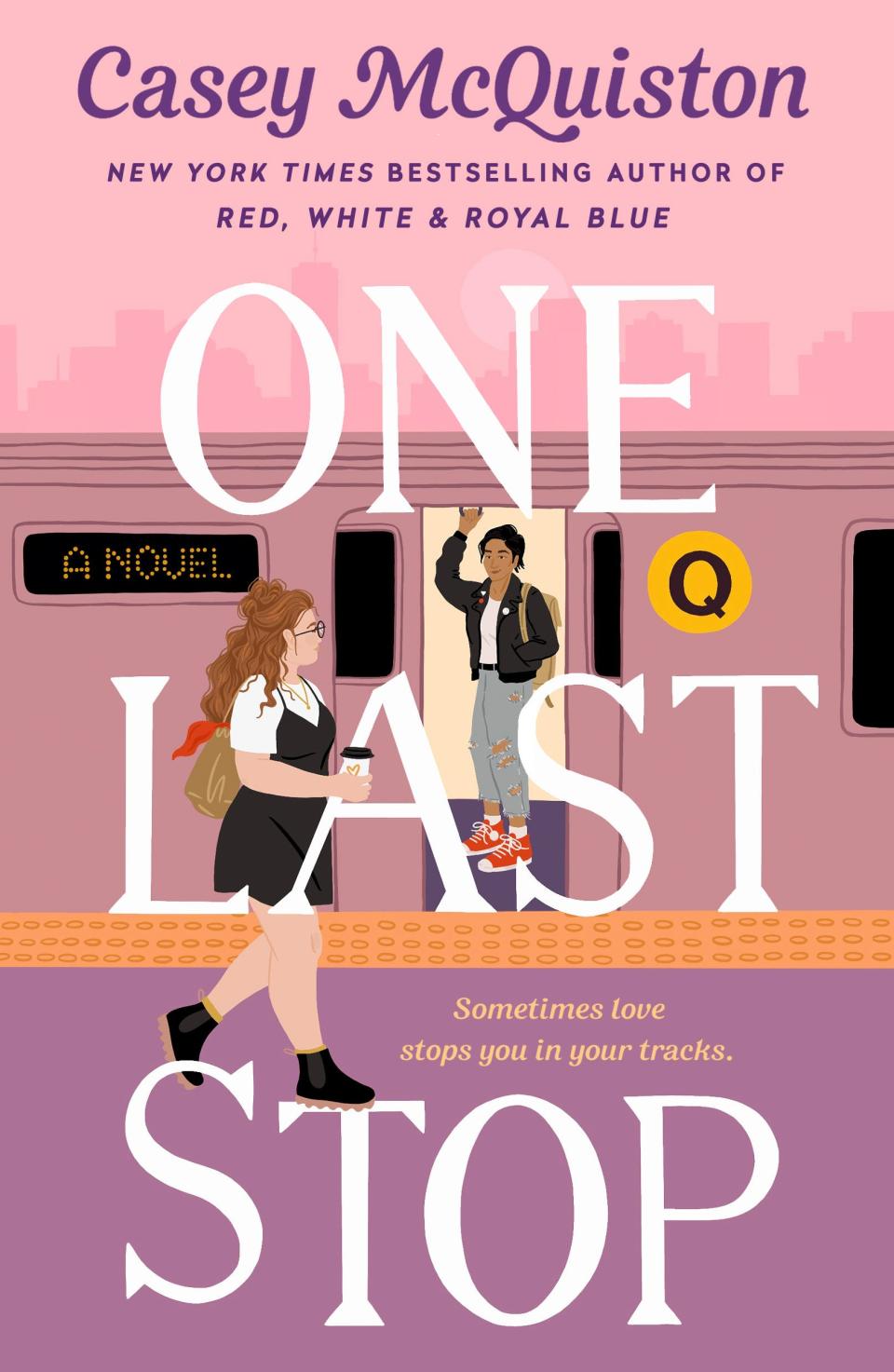
Even after McQuiston found overwhelming success with their 2019 debut novel, "Red, White and Royal Blue," about the son of the president of the United States and a British prince falling in love, they still faced apprehension about the marketability of their second book: "One Last Stop," a time-warp romance between two women.
"I was building off the success of my first book so it was less scary, but I still had a lot of fear that romance readers are made up in large part by straight women, and are cis-het women going to be willing to read about queer women?" McQuiston said. "With any queer book that you're publishing, you're trying to reach mainstream success and there's that barrier that you have to get straight people to buy into a love story that they might not find relatable."
'Everybody deserves a happy ending': The gay royal romance novel is having a moment
Difficult topics are important to highlight, but they aren't and can't be the only stories told.
"We need both," Nicola Yoon says. "I don't wake up in the morning thinking about the struggle because that would steal my whole joy in life. I have a husband that I adore and a kid that I adore and I'm pretty happy – I want to hold onto that. The struggle just cannot be everything."
'Representation really does matter'
The conversation about representation in media in 2022 is worlds away from what it was even a few years ago. Sometimes, that makes it easy to lose sight of why it's important.
"Queer stories right now are more important than ever," Couch argues, as school libraries around the country ban books about gender and sexual identity, and lawmakers debate and pass bills that threaten health care for trans children.
"We’ve seen significant strides forward in terms of queer representation in romance novels, and in books and TV and film, and whenever you have a few steps forward, you're going to of course be hit with backlash. There's going to be a subset of people that are scared of that change. We need stories that are inclusive to queer kids more than ever because we have leaders who don't see them as fully human."
Ted Cruz grilled Ketanji Brown Jackson on 'Antiracist Baby': Here's why you should read it
Against a harsh political backdrop, diverse romance stories serve as a reminder that everyone is worthy of love.
"It's really easy to be cynical about representation," McQuiston adds. "Yes, representation only matters so much because there's also policy and money and all of those things, but representation really does matter when it comes to being a reader and feeling like you've been shut out of types of narratives that you love your entire life. It's a lonely experience sometimes. It's really important to see somebody like you as the main character who gets to have a happy ending."
Not long after Nicola Yoon published "Everything, Everything," she stood on a film set with her husband and their young daughter as actor Amandla Stenberg brought the main character to life.
The Yoons' daughter watched the scene unfold, then turned to her parents. The star of the movie "looks like me," she said.
This article originally appeared on USA TODAY: Best summer romance books 2022: Diversity among queer, BIPOC authors

